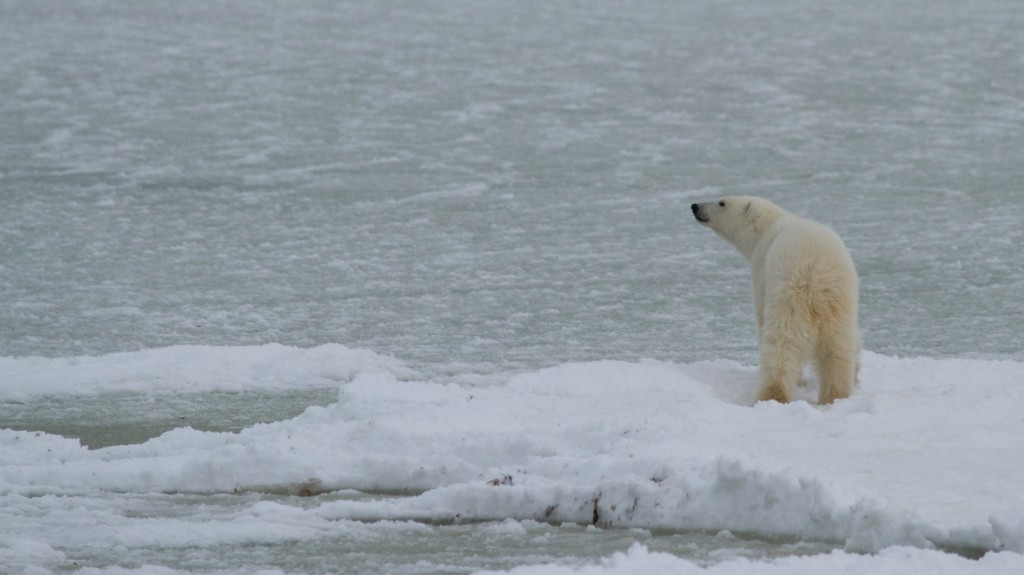Polar Bear experts are on hand during Polar Bear Cam season to weigh in on your frequently asked questions!
Today’s Question: What’s the biggest threat to polar bears?
In the 1960s and 1970s, hunting was the major threat to polar bears. The five polar bear nations reached a landmark accord, the International Agreement to Protect Polar Bears, to regulate hunting. Regulated hunting allowed some populations to increase, and for years managers thought they had saved polar bears.
Today, the threat faced by these mighty bruins is loss of their sea ice habitat due to human-caused global warming. Sea ice is the critical habitat for polar bears. They find their mates and breed on the sea ice, and sometimes den there. Most important, they rely on sea ice to catch seals and other marine mammal prey.
“The laws of physics require that increasing greenhouse gas concentrations will warm the world, and a warmer world will hold ever less sea ice—just as ice cubes melt faster in a glass of warm water than they do in cold water. Sea ice is melting earlier in summer and freezing later in the autumn, which means less time for bears to hunt and more time they are food deprived,” said Dr. Steven C. Amstrup, Polar Bears International’s chief scientist. “Although it is still important to manage hunting, and other interactions humans have with polar bears, the only way we can save polar bears in the long run is by reducing our greenhouse gas emissions and preservingtheir habitat.”



